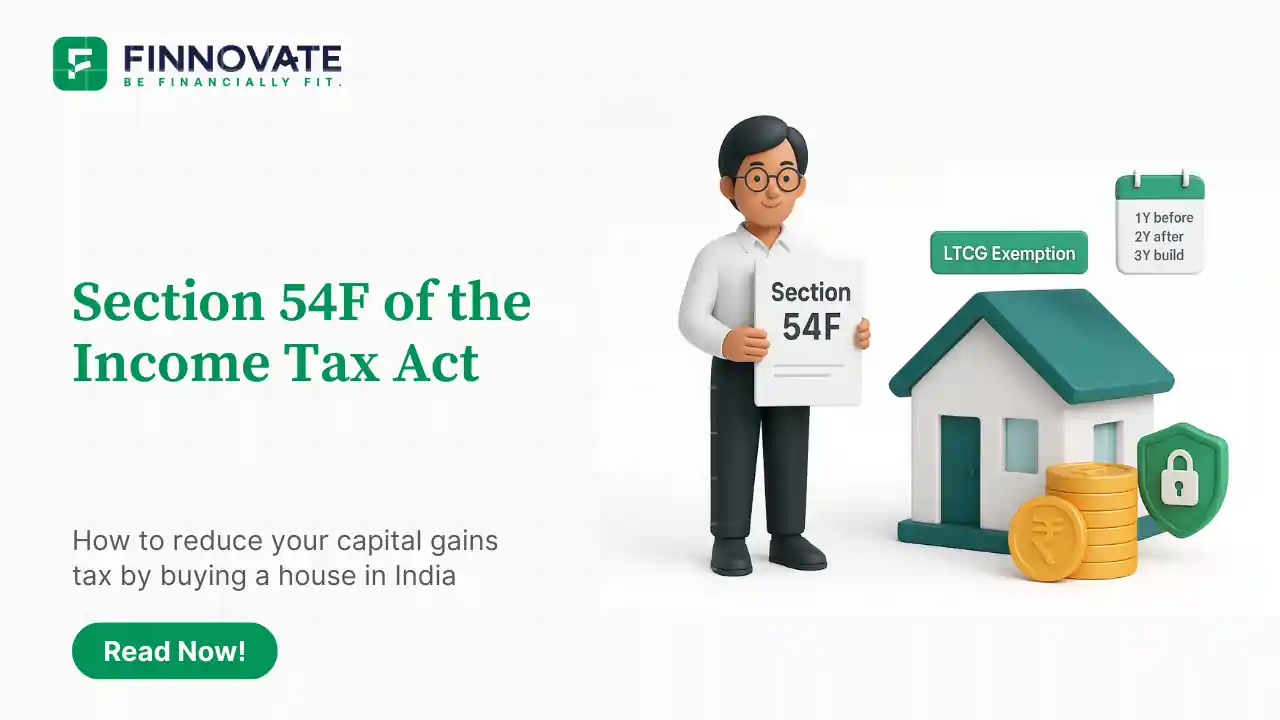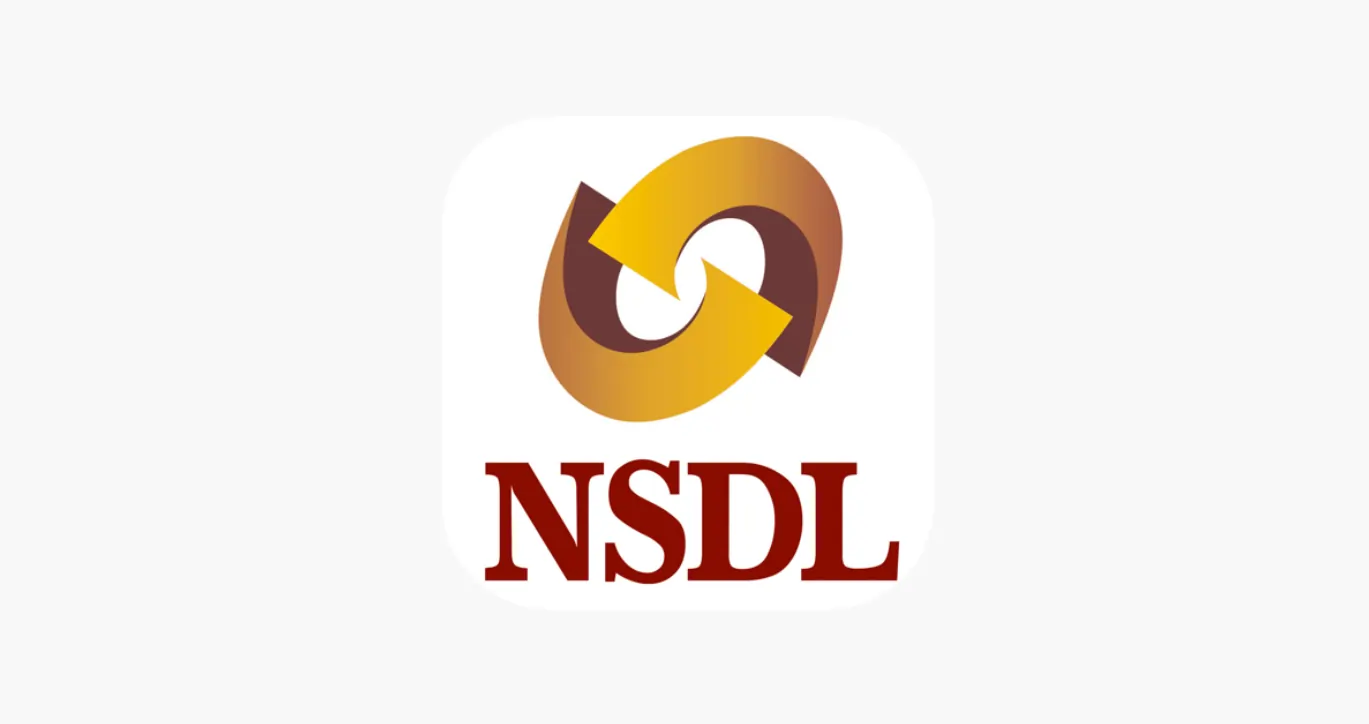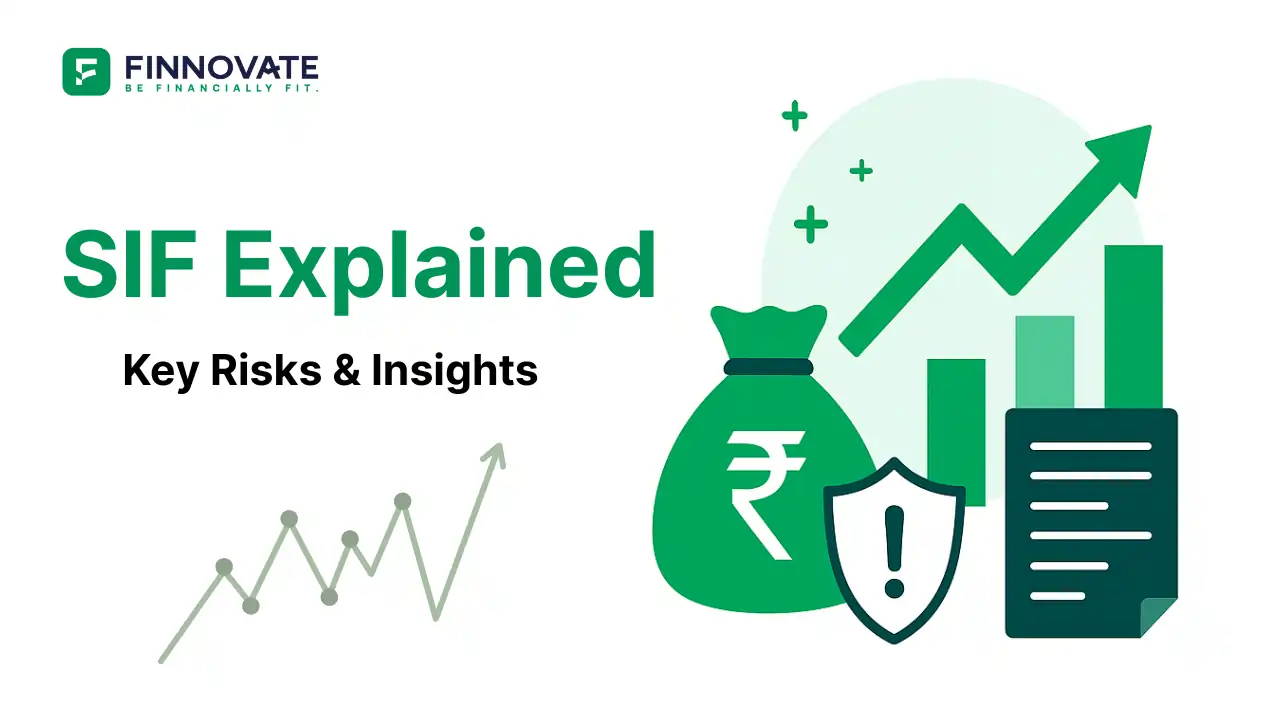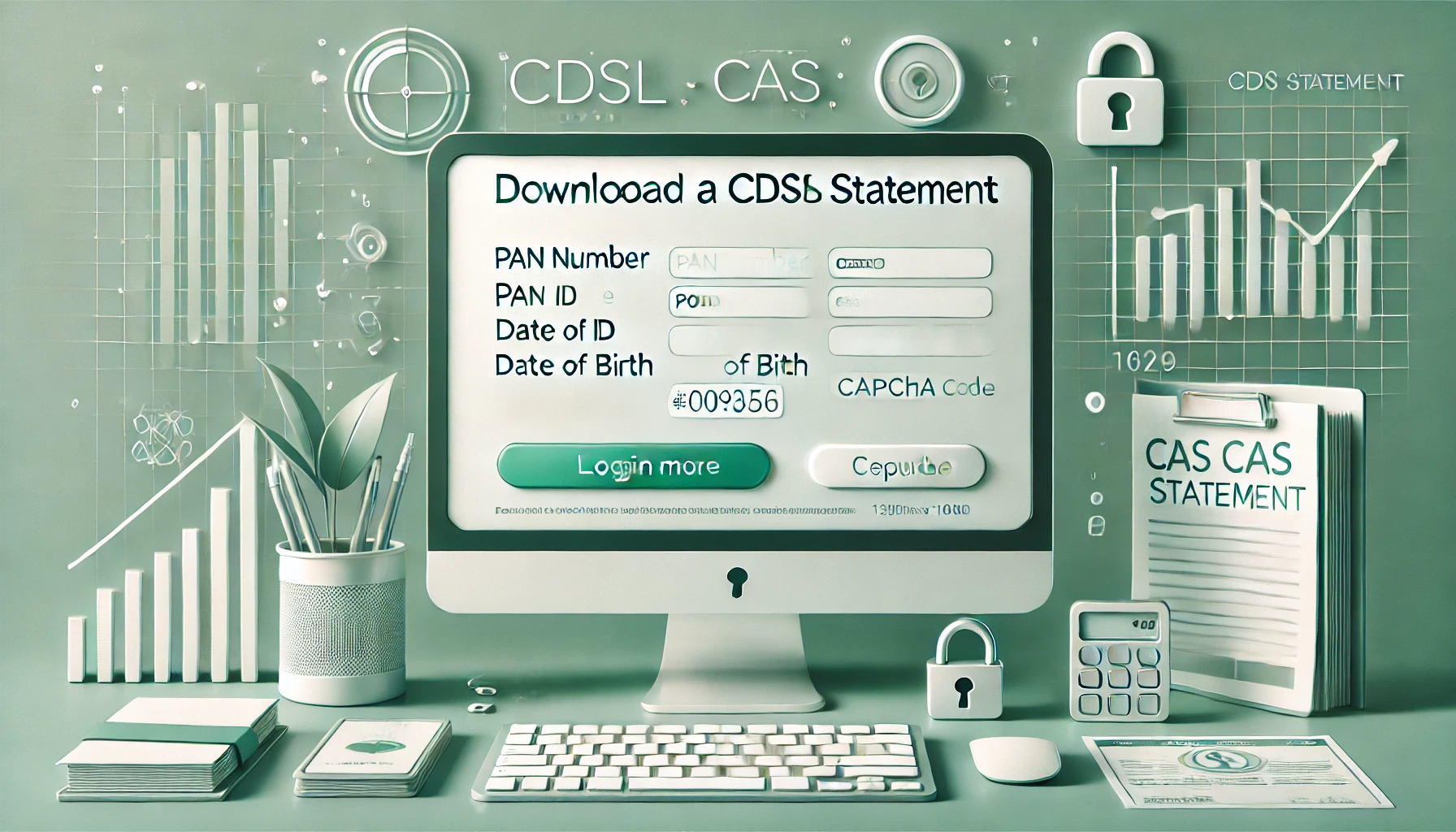
Section 54F Exemption: Save LTCG Tax by Buying a House in India
Learn how Section 54F works to reduce long-term capital gains tax when you reinvest sale p...
Do you feel confused every time you hear the word “tax planning”? You’re not alone. Many people think tax planning is only for big business owners or finance experts. But the truth is every salaried employee, freelancer, or professional in India can and should do basic tax planning.
In this guide, we’ll explain what tax planning means, why it’s important, the different methods people use, and how you can start tax planning for yourself even if you’ve never done it before.
Let’s start with the basics.
Tax planning means organising your finances in such a way that you can legally reduce the amount of income tax you have to pay. It involves using the rules of the Income Tax Act, 1961 - such as deductions, exemptions, rebates, and smart investments to lower your taxable income.
Here are a few reasons why tax planning should be a part of everyone’s financial routine:
Tax planning works by reducing your taxable income - the part of your income on which tax is calculated. This is done by:
Tax planning can be classified based on timing and intent. Here's how each type works:
This is done towards the end of the financial year, mainly to claim quick deductions or exemptions before March 31. It often lacks long-term thinking and may lead to rushed or sub-optimal investment decisions.
Planned at the start of the financial year (April), this approach allows you to spread out your investments and align tax-saving choices with your overall financial goals. It helps you avoid last-minute pressure and improves returns through compounding.
This refers to tax-saving measures that strictly follow provisions allowed under Indian tax law such as using Section 80C, 80D, or HRA exemptions without using any loopholes or grey areas.
Here, tax-saving is done with a specific life goal or outcome in mind, such as planning for retirement, children’s education, or home purchase - while also making sure it optimizes tax liability.
Here’s how most Indian taxpayers reduce their tax burden:
These are benefits given by the government under the Income Tax Act to reduce your taxable income.
| Section | What it Covers | Maximum Limit |
|---|---|---|
| 80C | Investments like PPF, ELSS, LIC, tuition fees | ₹1.5 lakh |
| 80D | Health insurance premiums | ₹25,000 - ₹1 lakh |
| 80CCD(1B) | NPS contributions | ₹50,000 (extra over 80C) |
| 24(b) | Home loan interest | ₹2 lakh |
These are financial products that not only grow your money but also give you tax benefits.
| Instrument | Tax Benefit | Risk | Lock-in |
|---|---|---|---|
| ELSS (Mutual Funds) | 80C | Moderate–High | 3 years |
| PPF (Public Provident Fund) | 80C | Very Low | 15 years |
| NPS (National Pension Scheme) | 80C + 80CCD(1B) | Moderate | Till age 60 |
| Tax-Saving FD | 80C | Low | 5 years |
| Sukanya Samriddhi Yojana | 80C | Low | Till child is 21 |
You can reduce your taxable income by smartly planning your salary components. For example:
Speak to your HR or payroll team to see if your salary can include tax-free components like HRA, LTA, food allowance, or mobile bill reimbursements instead of receiving everything as taxable basic pay.
If you have a home loan:
If it’s a first-time home, you may get additional benefits under other sections too.
Buying medical insurance for yourself and your family not only protects your health but also reduces your tax bill.
HUF is a separate legal entity for tax purposes that allows Hindu families to split income and reduce overall tax liability.
If you start a mutual fund investment or rental income in the name of your HUF, the gains are taxed separately.
Note: This is slightly advanced and should be done only with CA help. You can read this detailed guide on HUFs here to understand how it works in India.
In India, gifts are taxable only if they come from non-relatives and are above ₹50,000.
So, you can gift to:
...without any tax on either side. But clubbed income rules may apply so it’s best to plan this with an expert.
Here’s what you gain by doing it right:
Riya (28), a graphic designer in Mumbai, earned ₹9.6 lakhs in FY 2024–25. Here’s how she saved tax:
Tax Saved: Nearly ₹55,000
She also built a long-term investment base.
Yes. It is 100% legal and encouraged by the government. You're just using the Income Tax Act smartly.
Not always. If your income is simple, you can manage with apps or help from your employer. For complex cases (business, HUF, property), a CA helps.
It’s your choice but you’ll miss out on big savings and benefits that you’re allowed to claim.
ELSS, PPF, NPS, and health insurance are among the most popular and effective options.
No. While it's ideal to start early (in April), you can still claim most deductions like 80C, 80D, or HRA any time before March 31. Just avoid rushing in March.
Yes. If your income is under ₹7 lakh and you choose the new tax regime, you get a full rebate under Section 87A. And under the old regime, you can still use deductions to bring your tax to zero.
| Term | What It Means (in Simple English) |
|---|---|
| Income Tax | A part of your income that you pay to the government, based on how much you earn. |
| Tax Planning | Organising your income, expenses, and investments to legally reduce how much tax you need to pay. |
| Financial Year (FY) | The 12-month period from 1st April to 31st March when you earn your income. Example: FY 2024–25. |
| Assessment Year (AY) | The year in which you file your return for the income earned in the previous financial year. Example: AY 2025–26 for FY 2024–25. |
| Taxable Income | The portion of your income after all exemptions and deductions, on which tax is actually calculated. |
| Deduction | An amount that is subtracted from your income, which reduces your tax. (e.g. ₹1.5L under Section 80C) |
| Exemption | A part of your income that is not taxed at all, usually due to your salary structure (like HRA, LTA). |
| Rebate | A direct discount on the final tax amount you have to pay (e.g. ₹25,000 under Section 87A if income is below ₹7 lakh). |
| Investment Proof | Documents (like receipts or statements) you submit to show that you’ve made eligible tax-saving investments. |
| Form 12BB | A form you give your employer to declare all your tax-saving claims (like HRA, 80C, 80D, etc.). |
| ITR (Income Tax Return) | A form where you report your income, deductions, and tax paid, and submit it to the Income Tax Department. |
| AIS / 26AS | Statements that show income, TDS, and other tax details already reported to the government in your name. Used for cross-checking before filing ITR. |
Our experts at Finnovate help professionals and families plan their taxes the right way - legally, safely, and smartly.
Book Your Free Tax Planning Call today.
Disclaimer: This guide is for educational purposes only. Please consult a certified tax professional for personalised planning based on your income and situation.
Popular now

Learn how to easily download your NSDL CAS Statement in PDF format with our step-by-step g...

Explore what Specialised Investment Funds (SIFs) are, their benefits, taxation, minimum in...

Learn How to Download Your CDSL CAS Statement with our step-by-step guide. Easy instructio...

Analyzing the potential economic impact of the 2025 India-Pakistan conflict on India's GDP...